Strokkur Geyser Facts
- The simple term of Strokkur Geyser represents the name of a particularly powerful example of a fountain geyser. Interestingly, the geological wonder formed in a geothermal area that remains extremely remote and sparsely populated.
- The extraordinary feature represents a particularly beautiful geyser. It’s also impressively regular and consistent. As an understandable result, the site remains one of the most famous marvels of its kind within the entire region in which it formed.
- This marvel of geology is so famous partly since it continually erupts with a surprisingly steady frequency. That’s because eruptions occur with quiet periods ranging from between 4-8 minutes. Variations in this expulsion schedule rarely occur.
- This lovely geyser also presently constitutes one of the few known geysers to erupt with a regular frequency. Another well-known example of this dependability, named Old Faithful, formed within the borders of the United States, in North America.
- This remarkable dependability has quite understandably made Strokkur Geyser a leading tourist attraction in the region. However, this fact naturally complicates efforts to preserve the site in its natural state. Efforts in that regard nevertheless do exist.
Related Articles
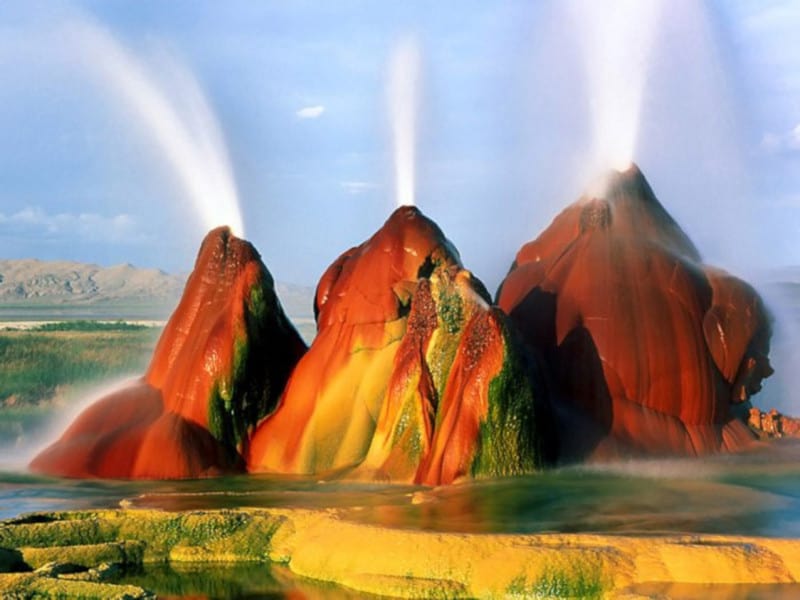
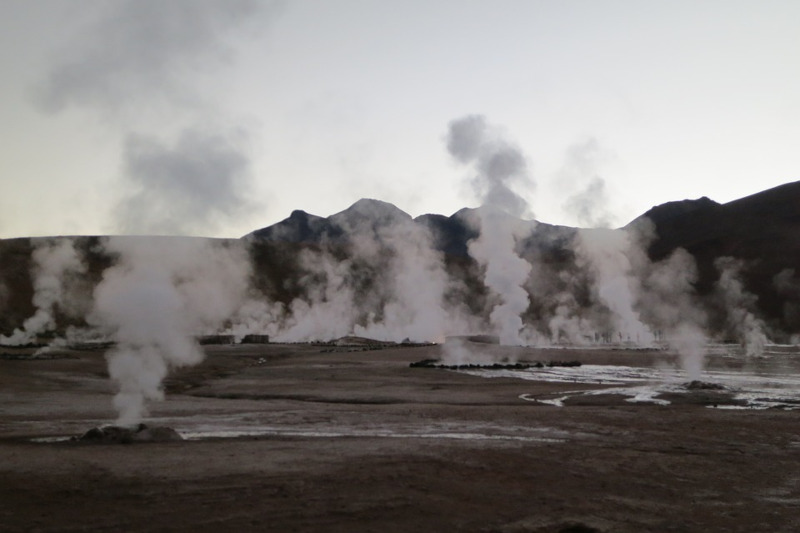
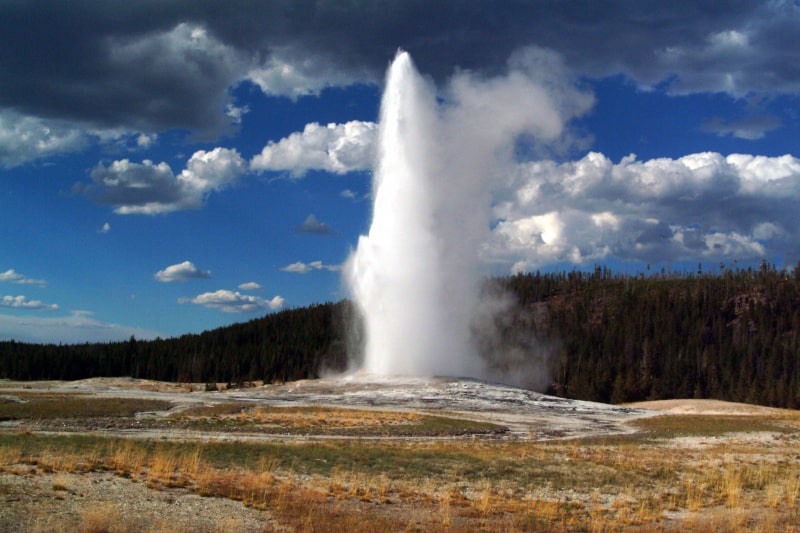
Strokkur Geyser Physical Description
The awe-inspiring Strokkur Geyser captivates those lucky enough to view the site almost immediately. Obviously, its sheer beauty qualifies as one reason for this. But the magnificent product of natural forces also displays some highly respectable physical statistics.
Impressively, the routine eruptions of this geyser typically attain an average discharge height ranging between 49.2-65.6 ft (15-20 m). Exceptional occurrences at the site do occasionally occur, though. These can attain a height of as much as an incredible 131 ft (40 m).
This marvel of Nature doesn’t appear alone, however. That’s because the wondrous formation actually comprises part of the equally amazing Haukadalur Valley area. It’s perhaps the most astounding individual component of the Haukadalur Geothermal Field.
There, numerous other fabulous geothermal features also exist. These marvels include fumaroles, mud pools, and other geysers that continue to be located around it. Though not proven conclusively, it’s presumed that Strokkur Geyser is directly tied to these.
Shortly before the eruptions, the pool of extremely hot water routinely fills and then pulses up and down rhythmically. Following this fascinating action, a large bubble rapidly forms, and then the violent eruption for which it’s widely known spews forth, quite dramatically.
Strokkur Geyser Location and History
Geological evidence obtained in recent times indicates that the awesome Strokkur Geyser initially formed roughly 1,000 years ago. This formation occurred due to the unique actions of an earthquake in an especially geologically active region of Europe.
The area that this true wonder of Nature formed in comes as no surprise. It sits in what now constitutes the country of Iceland. This fantastic area itself sits beside the equally picturesque Hvita River, located in the southwest portion of the beautiful country.
Also worthy of note remains a most fortunate statistic. That’s the astonishing fact that the earliest recorded reports of its activity date back to the year 1294. However, at an uncertain time after this, another quake subsequently deactivated the remarkable site.
Following that, in the year 1789, yet another quake reactivated the geyser, displaying the awesome power Nature has to change the landscape. It then remained continually active until the year 1896, when still another earthquake deactivated it once again.
Recently, in 1963, local residents succeeded in unblocking Strokkur Geyser once again. The natural wonder has remained steadily active since that time. This constitutes the only recorded instance of human actions intentionally creating or reactivating a geyser.
Features Sharing Its Region
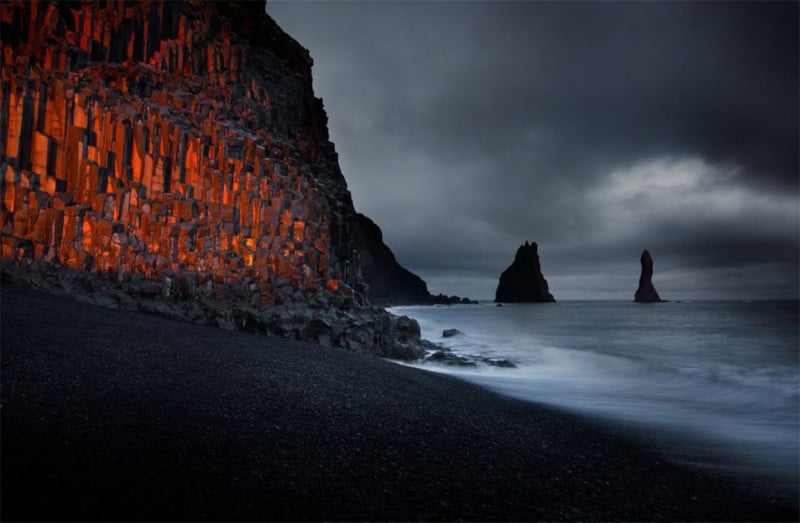
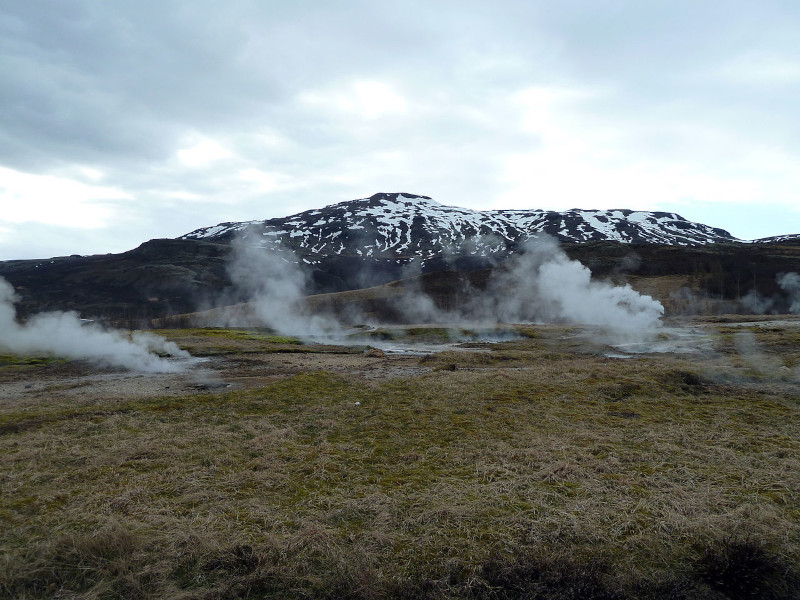
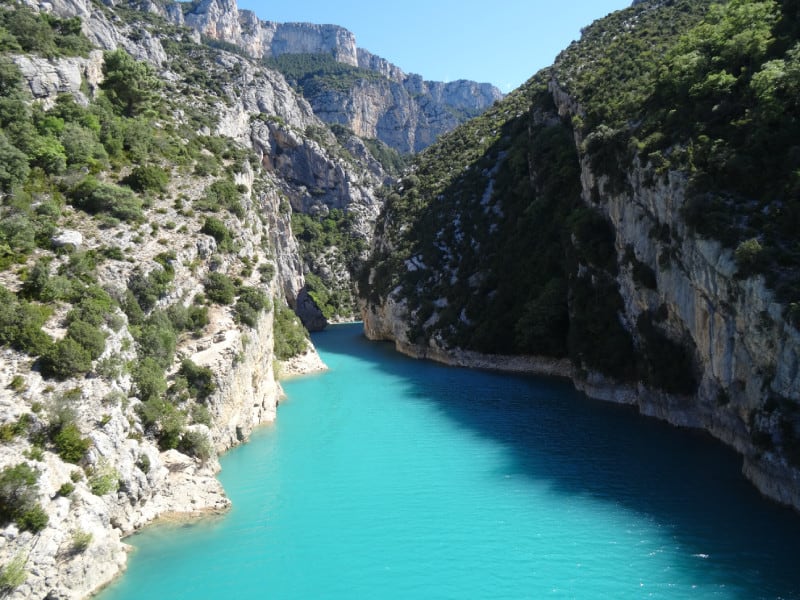
Check out our other articles on 7 Astounding Polar Creatures, Australian Sea Lion, Appalachian Mountains, Orange-belted Bumblebee, Balsam Fir, Southern Stingray, Blue-lipped sea krait












Leave a Reply